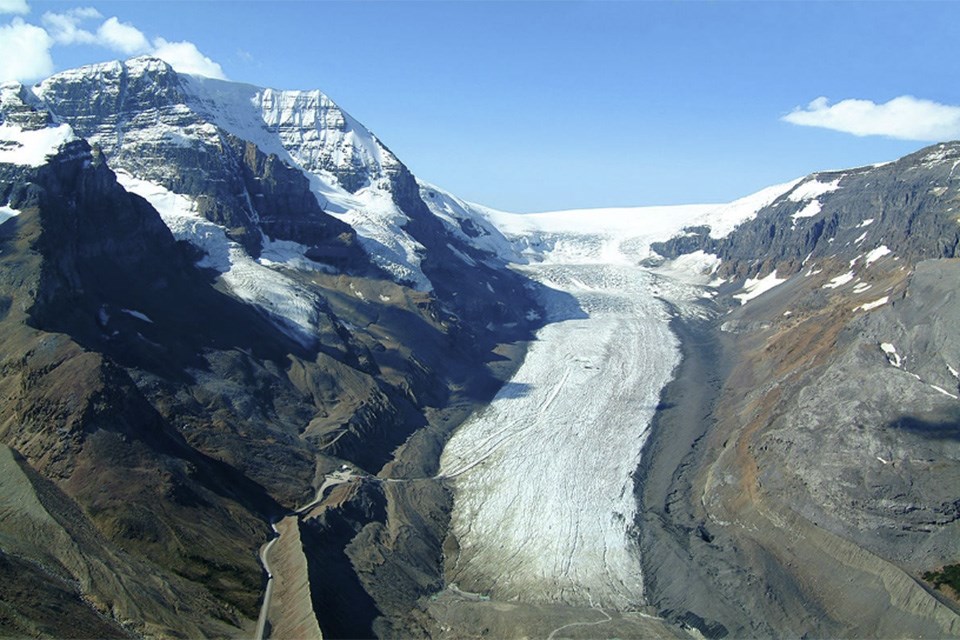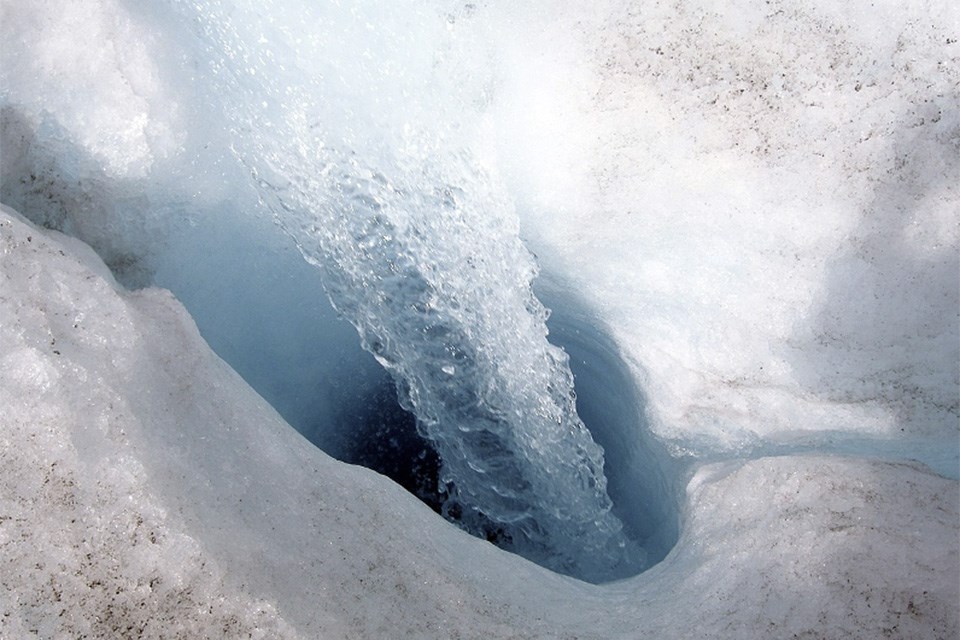Camping by a glacier is an unforgettable encounter with some of Earth’s most awe-inspiring wonders. From their fascinating history to their uncertain future, spending time near these icy giants offers adventure, education, and perspective. Whether you’re an experienced camper or someone eyeing their first outdoor adventure, here’s everything you need to know about glaciers, their history, and how to safely camp near one in Alberta.
The Cold, Hard Truth (About Glaciers!)
Glaciers are immense rivers of ice, formed over thousands of years as layers of snow compress into dense ice. Unlike the Arctic’s sea ice, glaciers are land-based, slowly moving downhill under their own weight. This movement carves valleys, shapes mountains, and leaves behind unique landmarks that tell the story of an Earth shaped by ice.
These icy behemoths cover about 10 per cent of the world’s land surface and are vital for regulating our planet’s climate. They act like gigantic, frozen reservoirs, releasing water slowly into rivers as they melt, supporting ecosystems and human communities.
Glaciers are not only large but ancient. Many glaciers date back tens of thousands of years, with some, like the famed Antarctic ice sheets, being millions of years old. Each layer of ice is like a time capsule, holding ancient air, dust, and other particles that reveal what Earth’s climate looked like in the past.
For instance, the glaciers of Alberta’s Rocky Mountains, including the Columbia Icefields, began forming during the last Ice Age, around 10,000 years ago. While much younger than Antarctica’s ice sheets, these glaciers have borne witness to countless seasonal changes, each contributing to their impressive size and stunning beauty.
Are Glaciers Disappearing?
Unfortunately, yes, and it’s happening faster than scientists anticipated. Rising global temperatures are accelerating glacier melt. According to experts, more than half of the world's glaciers could vanish by the end of the century if current trends continue.
This rapid melting threatens the ecosystems and people that depend on glacier-fed rivers, not to mention the loss of these majestic landscapes for future generations. Visiting a glacier now means seeing their beauty and seeing why it is important and urgent need to protect what remains. It’s a humbling reminder of our planet’s fragility.
Safety Tips for Camping Near Glaciers
Camping by a glacier requires careful preparation. Glaciers are dynamic environments with hazards that might not be immediately obvious. Here’s how to stay safe and enjoy your adventure:
- Avoid Moulins
Moulins are deep shafts in glaciers where meltwater rapidly flows downward. These openings can look deceptively small but pose a significant danger. Never walk unsupervised near these features, as the ice may be unstable. Always remain on marked trails or better yet, go with a professional tour guide. - Beware of Falling Ice
Glacier edges and icefalls are constantly shifting. Chunks of ice can break off unexpectedly, especially during warmer parts of the day. Keep a safe distance from the glacier terminus (the end of the glacier) and avoid climbing on the ice without a guide. - Pack Appropriately
Temperatures near glaciers can drop sharply at night, even during summer. Bring warm clothing, sturdy tents, and sleeping bags rated for cold weather. Layers are key to staying comfortable. - Check the Weather
Glacier regions often experience unpredictable weather, from heavy rain to snow, even in summer months. Stay informed about the forecast and plan for sudden weather changes. - Watch Out for Wildfire Impacts
Alberta’s glacier regions, like the Columbia Icefields, have felt the effects of recent wildfires. Smoke can affect air quality, and affected areas may have restricted access. Before heading out, check current conditions and advisories to avoid unpleasant surprises.

Where to Camp by a Glacier in Alberta
Alberta’s Rocky Mountains are home to glaciers, and the Columbia Icefields are among the most magnificent. For an unforgettable camping experience, the Columbia Icefields Campground is a great option. Located in Jasper National Park, this campground offers proximity to the Columbia Icefields. You’ll have front-row seats to the glacier’s serene beauty, with opportunities to hike nearby trails and explore the surrounding wilderness.
Experience This Unique Activity This Summer
From witnessing the ancient ice to exploring a rapidly changing landscape, you’ll leave with memories (and photos) that will last a lifetime. However, glaciers demand respect. Plan carefully, prioritize safety, and understand your impact on this delicate environment. With preparation, camping near these icy giants will be a breathtaking experience to treasure forever.
Nerissa McNaughton is a freelance writer and a contributor to Great West Media. This story was written for Great West Media's Hot Summer Guide advertising feature. The Hot Summer Guide is a special feature about summer activities, bucket list adventures, staycation options, road trips, attractions, events, and road trip-worthy food & beverage destinations across Alberta. It is not written by and does not necessarily reflect the views of the editorial staff.



